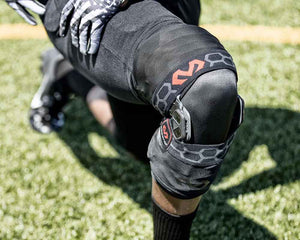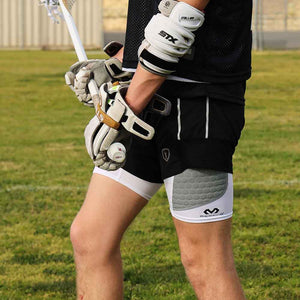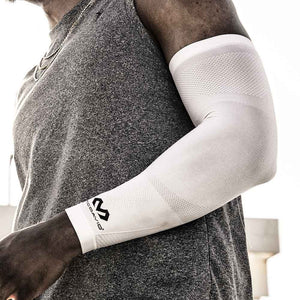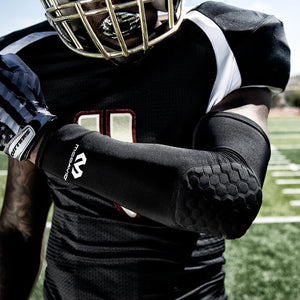If you are looking to up your game in the gym, specifically in the lower body, look no further than the nearest squat rack. Want chiseled thighs, a strong back, and muscular glutes? The squat rack is the place to be.But beware. Squatting may be an incredibly popular and useful exercise, but it is also one of the more dangerous in the entire gym. Improper technique when squatting can result in serious back, knee, and hip injuries. These afflictions can put you out of commission for months or even for good, making it imperative that you take time to learn about proper squatting technique. Here are a few
key aspects to dominating this exercise.
Stance
The stance is the starting point for your squats.  If you are not in the right position to start the exercise, you are putting your body at risk once you descend with the weight on your back.The feet of the squatter should be about shoulder-width apart. Stand with your feet as you would normally, with your toes facing slightly outwards. Make sure your heels are in line with your shoulders, without any forward or backward lean. This allows for your body to rise and fall as it naturally does. Grip the bar a little outside the width of your shoulders, and rest it on the trap area of your back/neck. Choose a spot that is comfortable for you, and do not grip the bar too firmly. Once your body is in its proper position, with the bar on your back, you are ready for your first rep.
Descent
It is now time to drop into the bottom of the squat position. Slowly descend by simultaneously bending your knees and hips. It is important not to drop too quickly, as this violent movement puts you at a greater risk for injury. During this process, make sure your knees are not caving inward; they should remain in line with the direction of your feet.On the way down, there will be an urge to arch your back in order to compensate for the weight being put on it. Avoid any unnatural curvature of the spine, instead keeping it as straight and firm as possible by engaging your core to help support it. In terms of the depth of your squat, make sure to keep dropping until your knees are just higher than your hips. Anything higher than this level and you are not getting as good of a workout. Anything lower and you risk a back-injury due to it naturally rounding. Once you have reached the right spot on your way down, it is time to power your way back up.
Ascent
In order to rise to your initial position, it is important to keep your back from dipping forward. Your body will want to do this, so focus on keeping your core tight, your chest up, and your head in a neutral position.Activate your hips and glutes and use them to drive up and forward, which will make your body rise into a standing position. You should go slow on the way down, but try to aggressively push yourself upwards. Keep tabs on your knees during this process, continuing to make sure they do not turn inwards. Once your knees have locked out at the top, you have successfully completed one squat.
Breathing
Throughout this process, it is important to have a
steady breathing pattern. Take a deep breath before you drop. Hold it until you get to the bottom, as this will ensure that your core remains tight. Exhale as you push yourself upward, then repeat the process as you begin your next repetition.
Don't Skip Leg Day
Squatting is an incredibly useful exercise that works many different muscle groups. With good technique, you can slowly but surely increase the weight you are putting on your back. Remember to properly stretch your entire body before and after squatting, as this is not an exercise to be trifled with.
Knee braces and sleeves can help prevent injuries during this movement, ensuring that you'll continue to progress at the squat rack. So, get out there and put up some weight! Those glutes aren't going to sculpt themselves.




